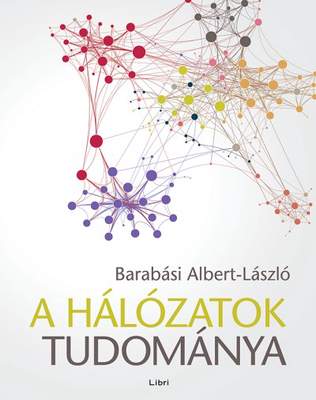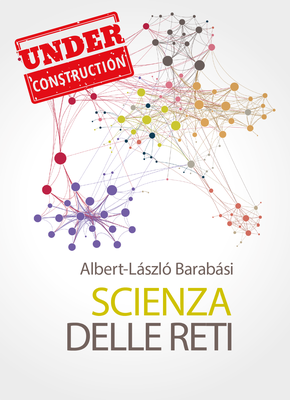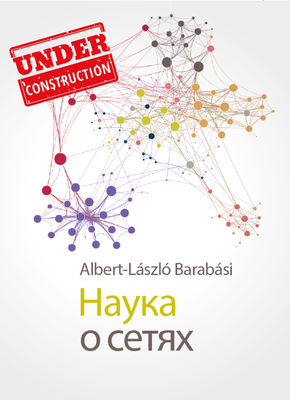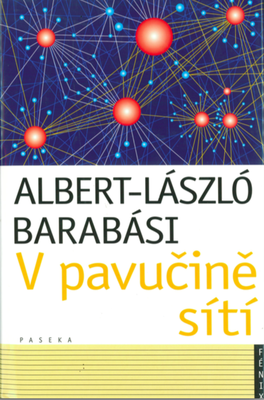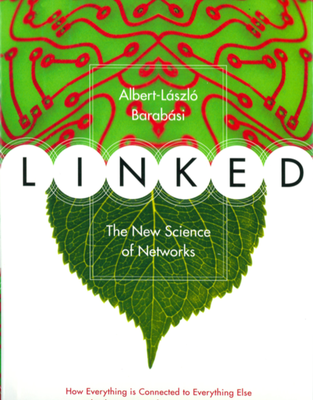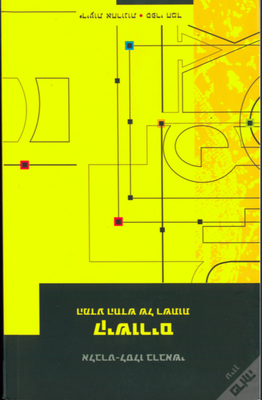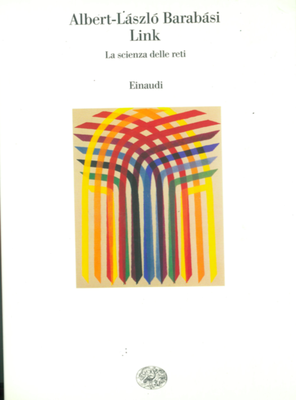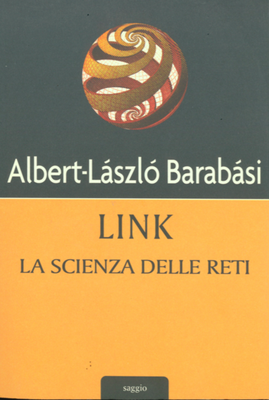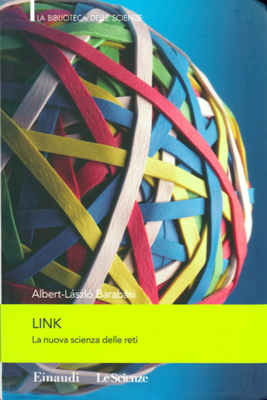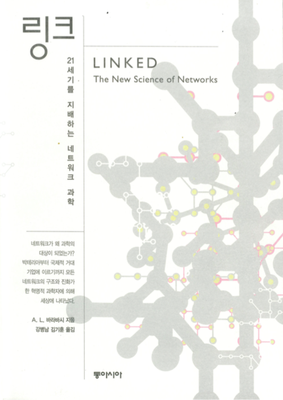The Formula
Albert-Laszlo Barabasi
Too often, accomplishment does not equate to success. We did the work but didn't get the promotion; we played hard but weren't recognized; we had the idea but didn't get the credit. We've always been told that talent and a strong work ethic are the key to getting ahead, but in today's world these efforts rarely translate into tangible results. Recognizing this disconnect, Laszlo Barabasi, one of the world's leading experts on the science of networks, uncovers what success really is: a collective phenomenon based on the thoughts and praise of those around you. In The Formula, Barabasi highlights the vital important of community respect and appreciation when connecting performance to recognition--the elusive link between performance and success. By leveraging the power of big data and historic case studies, Barabasi reveals the unspoken rules behind who truly gets ahead and why, and outlines the twelve laws that govern this phenomenon and how we can use them to our own advantage. Unveiling the scientific principles that drive success, this trailblazing book offers a new understanding of the very foundation of how people excel in today's society.











